I often find transistors used as shown below. Note that the BJT to the left is being used in a strange configuration, where the base is being pulled permanently high.
What on earth is the transistor supposed to achieve in this odd position?
On a related note, I've occasionally seen people use a transistor in place of two diodes. However, my own experiments show that this simply does not work. For example, in the diagram below, replacing the input diodes with a single NPN transistor would significantly change the behaviour of the circuit.


